
A Detailed Comparison between ATV And UTV
A Detailed Comparison Between ATV and UTV
When it comes to off-road vehicles, two of the most popular choices are ATVs (All-Terrain Vehicles) and UTVs (Utility Terrain Vehicles).
Both are designed for rugged terrains and thrilling adventures, but they serve different purposes and offer unique features.
In this article, we’ll break down the primary differences, advantages, and ideal uses for both ATV and UTV, helping you make an informed decision.
What is an ATV?
An ATV, or All-Terrain Vehicle, is a small, open, four-wheeled vehicle specifically designed for off-road use.
ATVs are sometimes referred to as “quad bikes” or “four-wheelers.”
They are built to navigate a wide range of rough terrains, from dirt paths to rocky hills, making them popular for recreational use.
Key Features of an ATV
- Single rider: Most ATVs are designed for one person, although some models offer seating for an additional passenger.
- Handlebar steering: Similar to motorcycles, ATVs are controlled using handlebars.
- Compact size: ATVs are small and lightweight, making them highly maneuverable in tight spaces.
- Versatility: Ideal for everything from recreational riding to light utility tasks like towing or hauling small loads.
What is a UTV?
A UTV, or Utility Terrain Vehicle, is a larger, more powerful off-road vehicle.
Also known as “side-by-sides,” UTVs are designed to carry more passengers and cargo, making them more suitable for work-related tasks or group activities.
Key Features of a UTV
- Multiple passengers: UTVs can typically seat 2-6 people, depending on the model.
- Steering wheel: Unlike ATVs, UTVs are equipped with a steering wheel and foot pedals, similar to a car.
- Roll cage: UTVs come with a built-in roll cage, providing an added layer of safety.
- Utility-focused: While UTVs are great for recreational use, they’re also used in industries like farming, construction, and hunting due to their cargo capacity.
ATV vs UTV: Primary Differences
ATV and UTV Functionality
ATVs are primarily built for speed, agility, and individual adventure.
UTVs, on the other hand, are designed to carry more passengers and cargo, often used for utility tasks or group excursions.
ATV and UTV Design
ATVs are compact with open seating, controlled by handlebars, and allow the rider to shift their weight for better control.
UTVs are larger with a covered seating arrangement, controlled by a steering wheel, providing a more car-like experience.
Passenger Capacity
ATVs are usually single-rider vehicles, while UTVs can accommodate multiple passengers, sometimes up to six people.
Performance Comparison
Terrain Handling
Both ATVs and UTVs are great on rugged terrains, but ATVs excel in tight, twisty trails where agility is key.
UTVs, with their larger size, perform better on open terrain or when traversing wide paths.
ATV and UTV Speed and Agility
ATVs are faster and more agile, making them ideal for racing or navigating narrow trails.
UTVs, while powerful, are slower due to their size and weight but offer better stability on rough terrains.
ATV and UTV Engine Power
UTVs generally have larger, more powerful engines compared to ATVs, which makes them more capable when it comes to heavy-duty tasks like towing or carrying loads.
Size and Weight
ATVs are smaller and lighter, which means they are easier to transport and store.
Their compact size also allows them to access narrow or tight trails.
UTVs are larger and heavier, requiring more space for transport and storage.
However, their size allows them to carry more passengers and gear.
Passenger and Cargo Capacity
One of the biggest differences between ATVs and UTVs is the ability to carry passengers and cargo.
ATVs usually allow for only one rider, though some models may have a rear seat.
UTVs, on the other hand, are designed to accommodate more people, with seating for two to six passengers, and often come with ample cargo space for tools, equipment, or recreational gear.
Comfort and Usability
Comfort Level
UTVs are more comfortable, especially for long rides.
They have proper seating, a roof for protection from the elements, and some models even offer heat or air conditioning.
ATVs, while fun for short rides, can become uncomfortable over long distances or rough terrains due to their open design and limited suspension.
Ease of Driving
UTVs are easier to drive, especially for beginners, because they resemble traditional cars with their steering wheel and pedal setup.
ATVs require more skill and balance, making them trickier for inexperienced riders.
Safety Features
Safety Standards in ATV
ATVs generally offer fewer safety features.
While they may have some protective gear options (like helmets and body armor), they lack built-in safety structures.
Safety Standards in UTV
UTVs are equipped with seat belts, roll cages, and other safety mechanisms that make them a safer option, especially for multiple passengers or high-risk environments.
Which is Safer?
In general, UTVs are considered safer due to their protective cages, seat belts, and car-like controls.
ATVs, being more exposed, require more caution from the rider.
Customization Options
Popular Modifications for ATVs
ATVs are commonly customized for speed or performance, with popular upgrades including new tires, suspension systems, or engine modifications.
Popular Modifications for UTVs
UTVs often see upgrades for utility purposes, like adding winches, storage racks, or more robust suspension systems to handle heavier loads.
Price Comparison
Average Cost of an ATV
ATVs typically cost between $5,000 and $10,000, depending on the model and features.
Higher-end racing or utility models can go beyond that range.
Average Cost of a UTV
UTVs are more expensive, with prices starting around $10,000 and easily reaching $20,000 or more, especially for models equipped with additional features like advanced suspension or cargo storage.
Which Offers Better Value?
If you need a vehicle for solo riding or light tasks, an ATV offers better value.
However, if you require a vehicle for heavy-duty work or transporting multiple people, a UTV provides more bang for your buck.
Fuel Efficiency
ATVs are generally more fuel-efficient than UTVs due to their smaller size and lighter weight. UTVs consume more fuel, especially when loaded with passengers or cargo.
Over time, this can affect long-term operating costs.
Best Uses for ATV
ATVs are perfect for solo riders looking for speed, thrill, and agility. They are ideal for:
- Trail riding
- Racing
- Light utility work
- Off-road exploration in narrow, tight spaces
Best Uses for UTV
UTVs excel in group activities and heavy-duty tasks. They are perfect for:
- Hauling cargo
- Transporting multiple passengers
- Farming or ranching
- Hunting trips
- Worksite transportation
Conclusion
Both ATVs and UTVs have their unique strengths. If you’re looking for a thrilling solo ride, an ATV is your best bet.
For those needing a more versatile vehicle for work or family adventures, the UTV offers more utility and safety.
Ultimately, the right choice depends on your specific needs, terrain, and how you plan to use the vehicle.
FAQs
-
Which is better for beginners: ATV or UTV?
- UTVs are better for beginners due to their car-like controls and added safety features.
-
Can UTVs be used for racing like ATVs?
- While UTVs can be used for racing, ATVs are generally faster and more agile, making them the preferred choice for racing.
-
How do maintenance costs compare between ATVs and UTVs?
- UTVs are usually more expensive to maintain due to their larger size and more complex systems.
-
Are ATVs more dangerous than UTVs?
- Yes, ATVs are generally considered more dangerous due to their open design and lack of built-in safety features like roll cages.
-
Which is better for families: ATV or UTV?
- UTVs are better for families as they can carry multiple passengers and offer enhanced safety features.






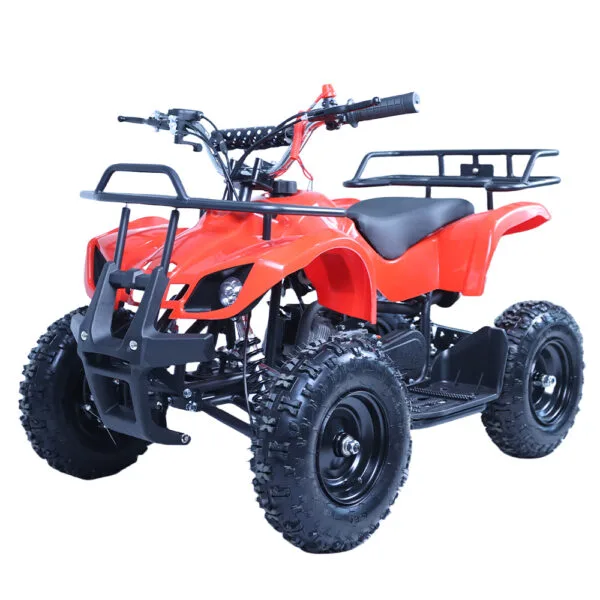
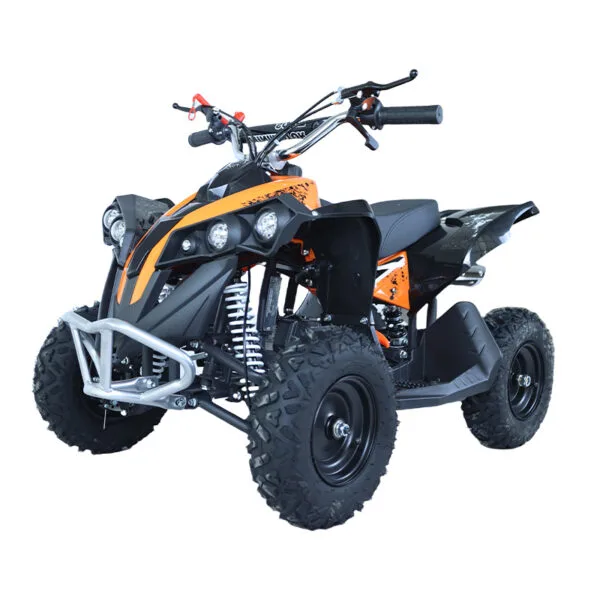
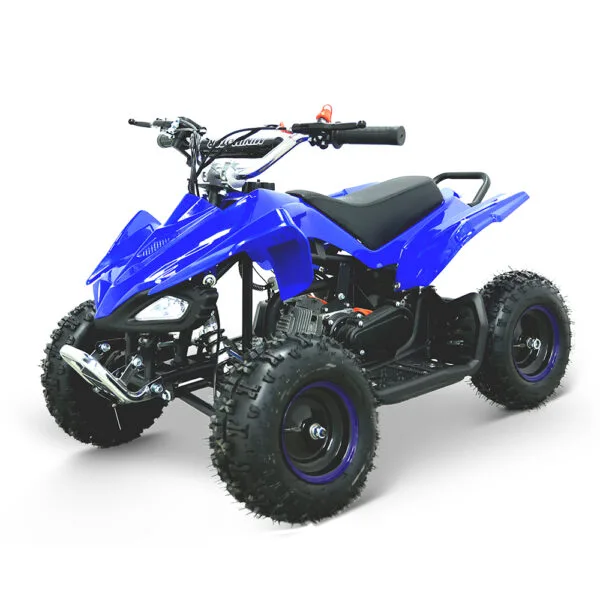
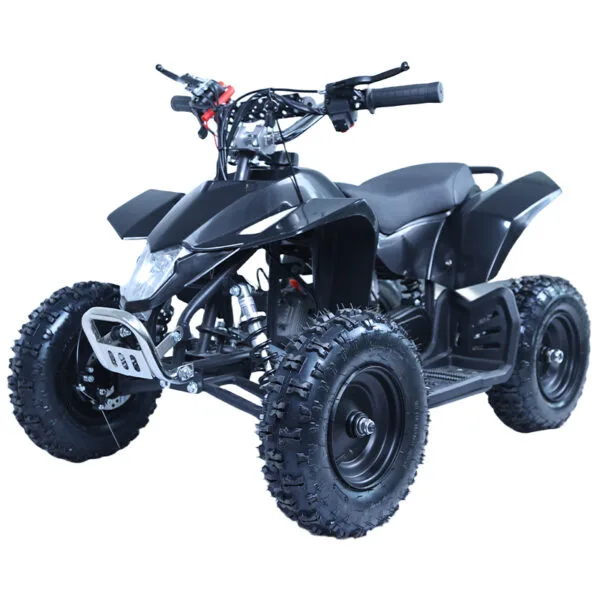




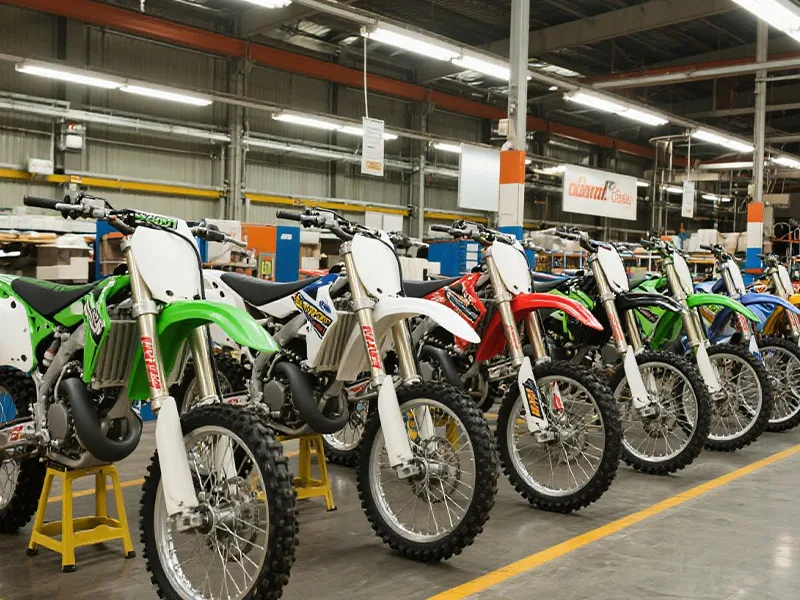
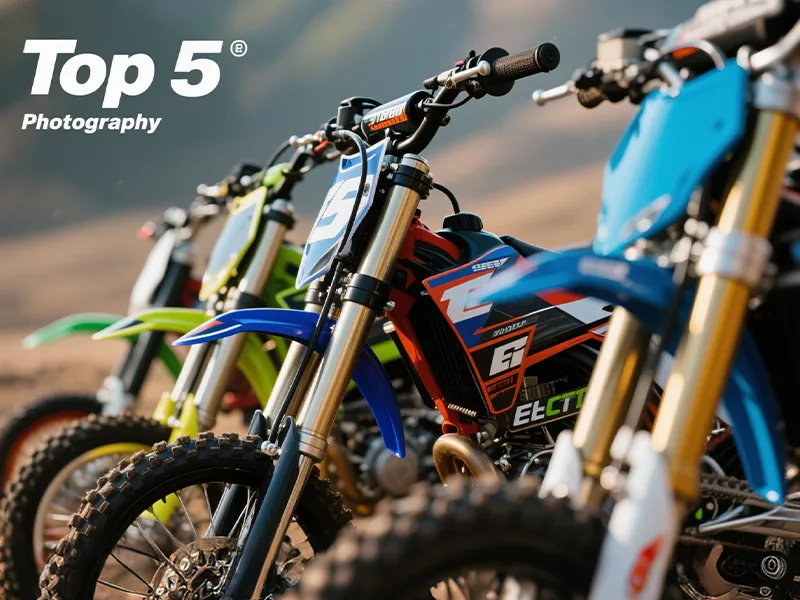


Michael Elliott
The distinction between suspension systems in ATV vs UTV was explained in a way even a novice can grasp. Kudos!
Peter Green
As an off-road enthusiast, I found this comparison incredibly helpful for my next vehicle purchase. Well-researched!
Jordana Wexler
This article offers a comprehensive comparison between ATV and UTV that I haven’t seen elsewhere. The technical details are spot-on!
Edith
Wow, this paragraph is good, my sister is analyzing these kinds of things, thus I am
going to convey her.
Fredric
What’s up mates, its wonderful post about teachingand completely
explained, keep it up all the time.
Alina
Appreciate the recommendation. Will try it out.
Ernest
Hello all, here every person is sharing these kinds of knowledge, thus it’s good
to read this weblog, and I used to pay a visit this webpage every
day.